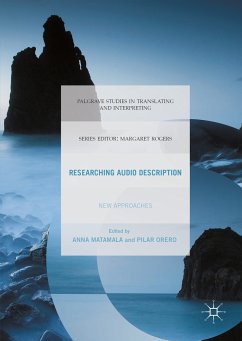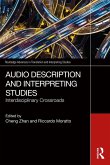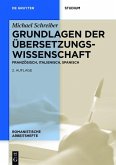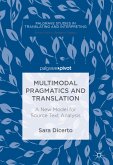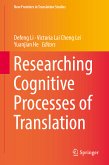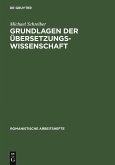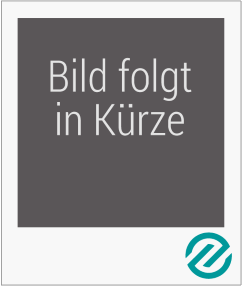'Researching Audio Description: New Approaches is an introduction to state of the art research in Audio Description that is a must read for anyone doing research in or embarking on research in AD and media accessibility. It offers a panoramic picture of a multi-faceted field, its concepts, research methods and current applications as well as a solid basis for further research.'
- Aline Remael, University of Antwerp, Belgium
Anna Matamala is a lecturer at Universitat Autònoma de Barcelona. Her research interests are audiovisual tran
Dieser Download kann aus rechtlichen Gründen nur mit Rechnungsadresse in A, B, BG, CY, CZ, D, DK, EW, E, FIN, F, GR, HR, H, IRL, I, LT, L, LR, M, NL, PL, P, R, S, SLO, SK ausgeliefert werden.
"Researching Audio Description: New Approaches is an introduction to state of the art research in Audio Description that is a must read for anyone doing research in or embarking on research in AD and media accessibility. It offers a panoramic picture of a multi-faceted field, its concepts, research methods and current applications as well as a solid basis for further research." - Aline Remael, University of Antwerp, Belgium
Es gelten unsere Allgemeinen Geschäftsbedingungen: www.buecher.de/agb
Impressum
www.buecher.de ist ein Internetauftritt der buecher.de internetstores GmbH
Geschäftsführung: Monica Sawhney | Roland Kölbl | Günter Hilger
Sitz der Gesellschaft: Batheyer Straße 115 - 117, 58099 Hagen
Postanschrift: Bürgermeister-Wegele-Str. 12, 86167 Augsburg
Amtsgericht Hagen HRB 13257
Steuernummer: 321/5800/1497
USt-IdNr: DE450055826
Bitte wählen Sie Ihr Anliegen aus.
Rechnungen
Retourenschein anfordern
Bestellstatus
Storno

